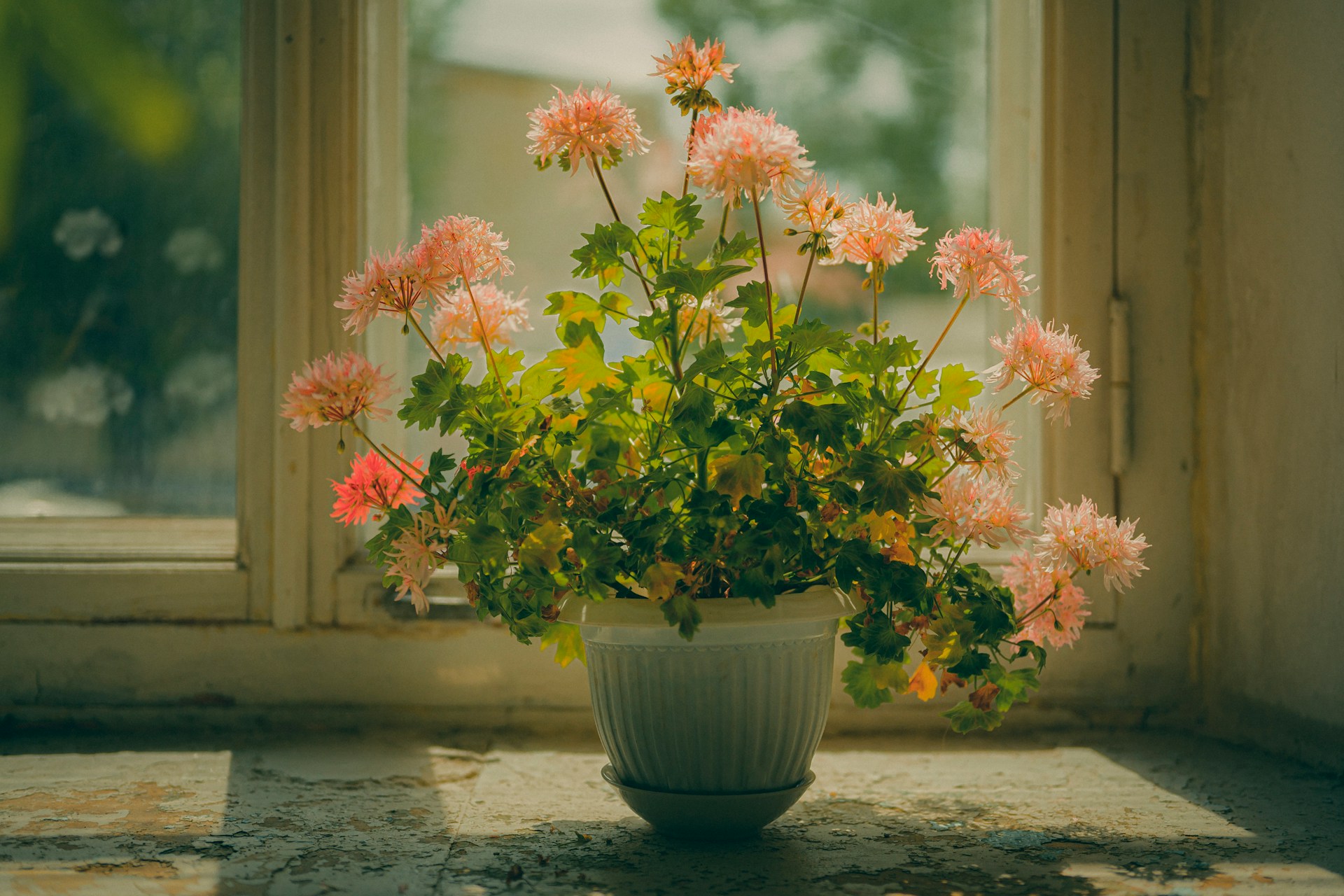If you’ve ever read the care tag on a new houseplant, you’ve probably seen the phrase: “prefers bright, indirect light.” For many beginners, this instruction can be confusing. How bright is “bright”? How do you know if the light is “indirect”? Is the light from my window okay?
Understanding light is one of the most crucial skills for a happy plant parent, and it’s much simpler than it sounds. Light is a plant’s food, and giving them the right amount is essential for their growth, health, and vibrancy.
Let’s break down what these common lighting terms actually mean and how you can find the perfect spot for your green friends in your home.
1. Direct Light
Think of direct light as the sun’s rays hitting the plant’s leaves with nothing in between. This is the most intense form of light.
- What it looks like: You’ll see sharp, clearly defined shadows. The sunlight feels hot on your skin.
- Where to find it: Typically in a south-facing window (in the Northern Hemisphere) or a west-facing window in the afternoon. An outdoor space with no shade.
- Plants that love it: Sun-loving plants like most succulents (Echeveria, Sempervivum), cacti, and Ponytail Palms.
- Warning: Placing a plant that prefers indirect light in a direct sunbeam will scorch its leaves, leaving brown, crispy patches.
2. Bright, Indirect Light (The Most Common)
This is the holy grail for the vast majority of popular houseplants. It means the plant is in a very bright room, but the sun’s rays are not hitting it directly.
- What it looks like: The room is filled with light, but the shadows have soft, blurry edges. You could comfortably read a book without needing a lamp.
- Where to find it:
- A few feet away from a sunny south- or west-facing window.
- Directly in an east-facing window, which gets gentle morning sun.
- Directly in a north-facing window, which provides consistent, gentle light all day.
- Near a sunny window but with a sheer curtain to filter the light.
- Plants that love it: An enormous variety, including Pothos, Philodendrons, Monsteras, Fiddle Leaf Figs, and Spider Plants.
3. Medium Light
Medium light is a step down from bright, indirect light. The room is still generally lit, but it’s further away from the main light source.
- What it looks like: You can still see well, but shadows are much less defined. You might need a lamp to read comfortably for an extended period.
- Where to find it: In the middle of a room that has a sunny window, or a spot that is several feet back from the window.
- Plants that love it: Plants known for their tolerance, such as the ZZ Plant, Snake Plant, and some ferns like the Bird’s Nest Fern. Many “bright, indirect light” plants can tolerate medium light, but they may grow more slowly and have less vibrant colors.
4. Low Light
Low light does not mean “no light.” Every plant needs some amount of light to photosynthesize. Low light refers to areas that are far from windows or in rooms with small, obstructed, or north-facing windows.
- What it looks like: This is a corner of a room where you would definitely need a lamp to read. It’s a spot that receives no direct view of the sky.
- Where to find it: Hallways, bathrooms with small windows, or the far corner of a living room.
- Plants that love it: Only a few true low-light champions can thrive here. The top contenders are the Snake Plant, ZZ Plant, and Cast Iron Plant.
- Important Note: “Low-light tolerant” means the plant can survive there; it doesn’t necessarily mean it will thrive. A low-light plant will almost always be happier with a bit more light.
How to Tell if Your Plant’s Lighting is Wrong
Your plants will give you clues.
- Not enough light: The plant may become “leggy,” meaning it grows long, stretched-out stems with few leaves. New leaves might be smaller than old ones, or a variegated plant might lose its colors and turn solid green.
- Too much light: You’ll see scorched, brown or yellow patches on the leaves. The leaves might look faded, washed out, or crispy.
Take a walk around your home at different times of the day and observe the light. Once you learn to see your home through the eyes of a plant, you’ll become an expert at finding the perfect spot for every member of your green family.

